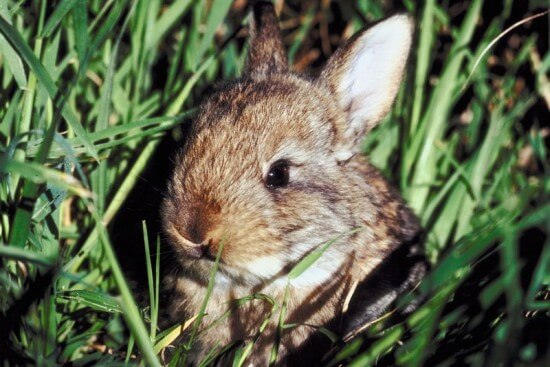
The present day Easter bunny is derived from an ancient tradition. This tradition began during the fertile season of spring as pagan celebrations held the belief that hares, rabbits and eggs were symbols of fertility and new life. This belief most likely stemmed from the fact that hares and rabbits are prolific breeders which often produce large litters of offspring in the springtime. In addition, birds often lay their eggs during the onset of spring. All of these have served as symbols of fertility in Western Europe, for centuries. The use of the Easter Bunny combines these two events in the form of an egg-laying rabbit that heralds the season of new growth and life after the barren winter.
Germany is the early home of the Easter Bunny we know today. Writings as early as the 1500’s document the use of this tradition. Jakob Grimm, a famous German Folklorist also wrote about these German Easter customs. His writings were highly popular in the 19th century. He linked the tradition of the Easter Bunny to an ancient pagan rite, known as Ostara. It is believed that this is the name of a pagan fertility goddess. It is interesting to note that the Easter Bunny is a hare in Western Europe. He is called the Osterhase in German. Early German settlers brought this tradition in the 18th century, to the United States, when they settled the Pennsylvania Dutch country.
The German settlers saw the Easter Bunny as a figure that brought gifts to the children, much like our modern day Santa Claus. Eager children would build nests in their bonnets or hats. This was for the hare to lay her colored eggs in. It is interesting to note that the tradition states that only good children would be visited, much like Santa Claus. The early tradition of building a nest, evolved into the modern day tradition of using the Easter basket. The grass that is often found inside is a nod to the early days of nest building. Some families even have their children leave carrots for the Easter Bunny, much like milk and cookies are left out for Santa Claus.
This early tradition involved the Easter Bunny laying colored eggs. The practice of coloring eggs is also ancient. Pagans practiced this springtime ritual since they believed color had deep meaning. Easter eggs are dyed red in the country of Greece, symbolizing the color of blood and life. The color red was also a symbol of the blood and life and Christ, in many Eastern cultures. This was to be reflective of the blood of Christ that was shed during the Easter season. Green is another highly popular color, for Easter eggs. Using green to dye the eggs is to be a reference to the new life and growth that appears in the spring. Green is a color of abundance that was celebrated in early Easter celebrations. The modern day Easter bunny uses eggs of all different colors. It has been said that the use of many different colors, is to represent the rainbow, which is also a sign of new life and hope, with those who are members of Judeo-Christian faiths.
Today the Easter bunny is found adorning cards, posters, gift wrap and just about any other item you can think of, during the Easter season. While some people may feel that the Easter bunny is only the commercial representation of Easter, those who have studied history, know that the modern day Easter bunny has a long and storied past. However, you choose to celebrate Easter incorporating the Easter bunny is a nod to its ancient history.
